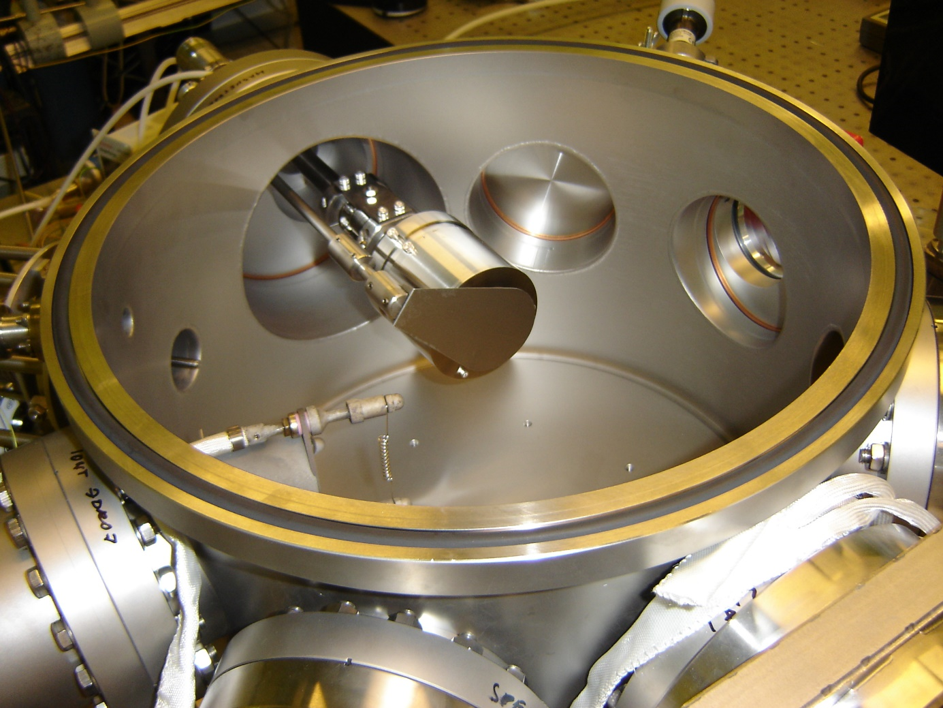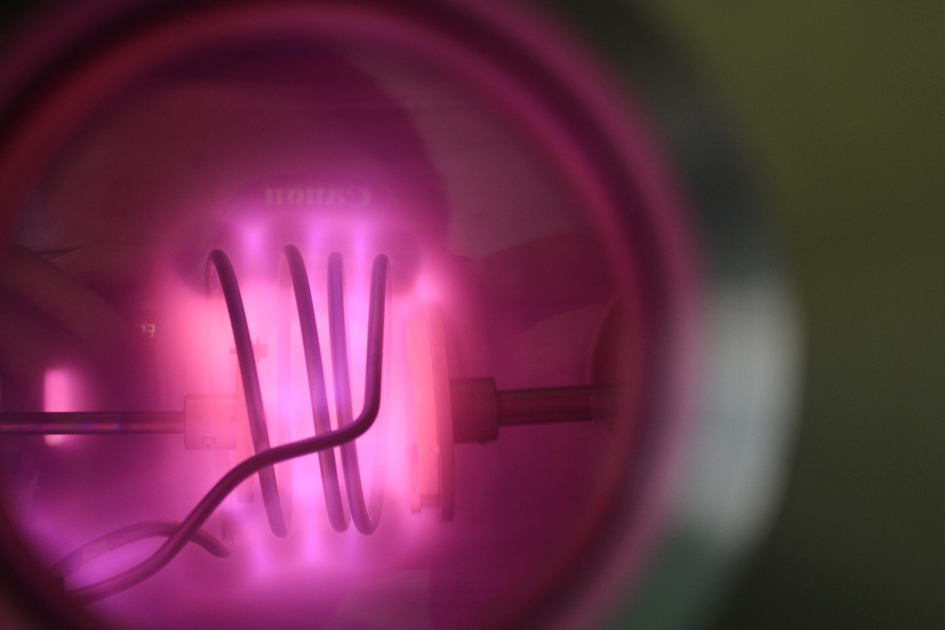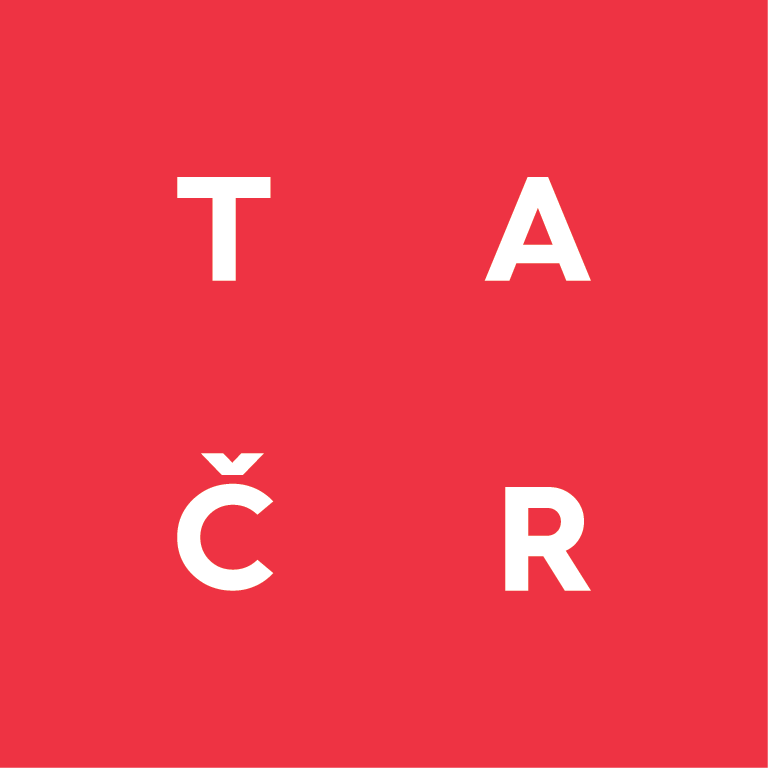This website uses cookies so that we can provide you with the best user experience possible. Cookie information is stored in your browser and performs functions such as recognising you when you return to our website and helping our team to understand which sections of the website you find most interesting and useful.
Vyhledávání
Magnetron sputtering
Magnetron sputtering (MS) is a deposition method that uses targets from a conductive material placed into a vacuum chamber and connected to a high negative voltage. An operation gas (typically an inert gas – such as argon) is fed to the chamber, with the pressure in the chamber maintained in the range of tens to units of pascals. A direct current is applied between a substrate and a target, initiating a glow discharge, causing the ionisation of atoms in the operation gas. Positive ions are drawn by the target, bombarding it, while electrons carrying a negative charge are moving towards the substrate. On their way to the substrate, electrons collide with argon atoms, creating additional ions. This initiates a cyclical process. As heavy ions land on the surface of the target, causing it to sputter, the sputtered atoms are catapulted away from the target where a substrate is positioned in their way. The substrate’s atoms make contact on a molecular level, they bind, creating a thin layer.
This method may be enhanced using a strong magnetic field acting in the vicinity of the target that causes electrons to spiral along magnetic lines of force near the target instead of being attracted to the substrate. The advantage is that plasma is created only in the vicinity of the target, not causing the undesired damage of the film. Electrons move along a longer track, increasing the likelihood of another ionization of argon atoms, causing an increase in efficiency. For non-conductive targets, the charge is cumulated at the surface, disabling further bombardment. If we use an AC high-frequency signal, we can also sputter non-conductive materials. In the first half-period, the target is first sputtered, and, then, during the second period discharged as a result of an inverse polarity of the target.




 The NCK for MATCA is supported by the
The NCK for MATCA is supported by the